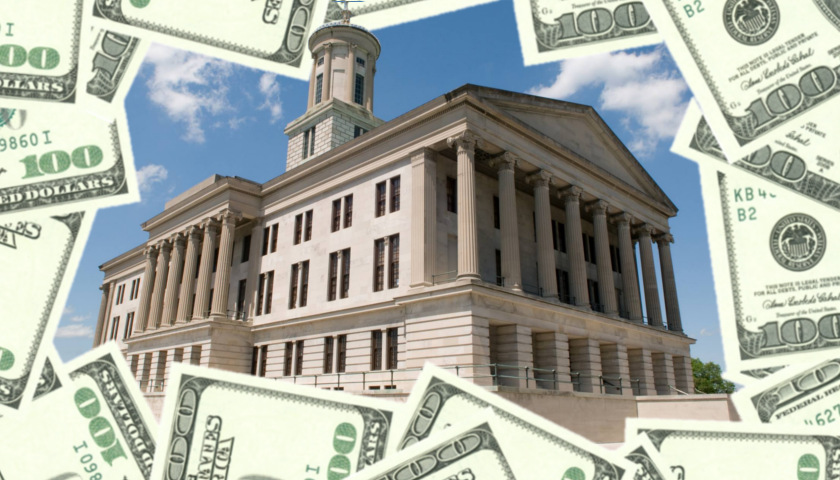Two different organizations released good and bad news Tuesday about Tennessee’s fiscal health.
The Washington, D.C.-based Cato Institute called out Tennessee Republican Gov. Bill Haslam for “substantial spending increases in recent years.”
The Mercatus Center at George Mason University, meanwhile, ranked Tennessee in the top five of the 50 states for good fiscal health.
Cato’s Fiscal Policy Report Card on America’s Governor’s 2018 graded state executives on fiscal policies from a limited government point-of-view.
Haslam scored a B on the 2016 report. This year, though, he earned a D, according to the report.
“The state general fund budget rose 4.7 percent in 2017 and 9.8 percent in 2018. State government employment has been trending upwards since 2013,” the report said.
The report mentioned how Haslam signed a bill increasing the state’s gas tax by 6 cents per gallon. He increased the diesel tax by 10 cents per gallon, all while increasing vehicle fees.
The study, however, gave Haslam credit elsewhere.
“In 2016, his big reform was repealing the ‘Hall tax,’ which was a 6 percent tax on dividends and interest,” according to the report.
“Tennessee has no broad-based income tax, but it had this anti-savings levy. The reform reduces the tax by one percentage point a year until it is gone.”
The report said Tennessee’s economy has boomed in recent years and the state’s low taxes attract new people and new jobs.
Fiscal Condition
The Mercatus study, Ranking the States by Fiscal Condition, said Tennessee has between 3.03 and 4.17 times the cash needed to cover short-term obligations.
“Revenues exceed expenses by 7 percent, with an improving net position of $290 per capita,” wrote study authors, Eileen Norcross and Olivia Gonzalez.
The women analyzed 10 years’ worth of Tennessee’s audited financial records to evaluate how it’s recovered since the Great Recession.
“In the long run, Tennessee has a net asset ratio of 0.14. Long-term liabilities are lower than the national average, at 10 percent of total assets, or $641 per capita,” Norcross and Gonzalez wrote.
“Total unfunded pension liabilities that are guaranteed to be paid are $50.08 billion, or 17 percent of state personal income.”
Other Postemployment Benefits, meanwhile, are $1.75 billion, or 1 percent of state personal income, according to the report.
The study also measured how well states can meet short-term and long-term bills by examining their financial statements. Most states, the authors went on to say, are stable, with the exception of the size of unfunded pension liabilities — a large portion of most state government obligations.
“Some states also have consistently low levels of cash, which indicate the potential for budget shortfalls during a recession,” according to the study.
The top five most fiscally solvent states, the authors went on to say, are Nebraska (No. 1), South Dakota (No. 2), Tennessee (No. 3), Florida (No. 4), and Oklahoma (No. 5).
The bottom five states, meanwhile, are Kentucky (No. 46), Massachusetts (No. 47), New Jersey (No. 48), Connecticut (No. 49), and Illinois (No. 50), the study said.
– – –
Chris Butler is an investigative journalist at The Tennessee Star. Follow Chris on Facebook. Email tips to [email protected].








